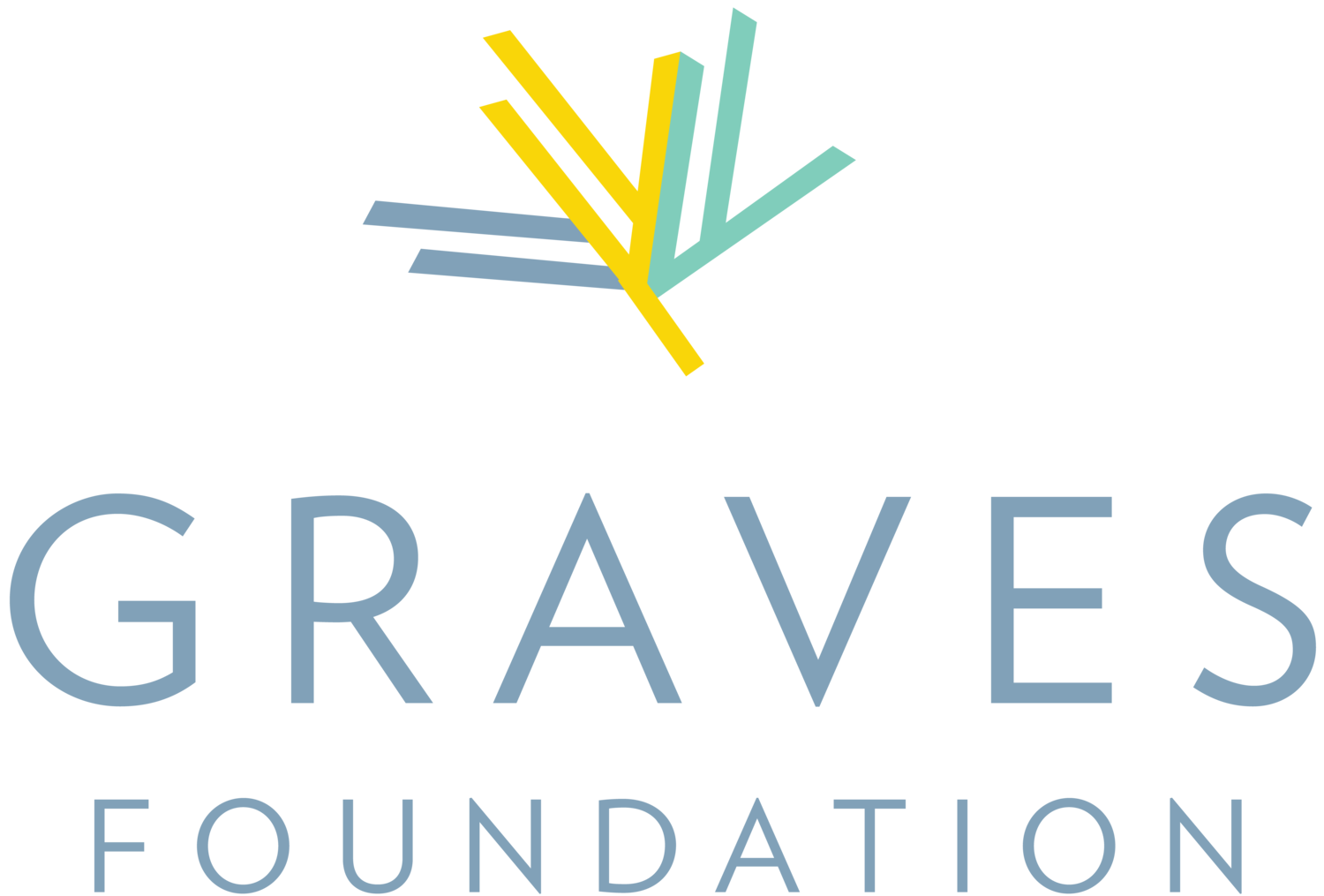No zombie philanthropy for Halloween, please.
There isn’t only one right way to be a philanthropist, but there is a wrong way. Here’s what’s keeping me up at night: zombie philanthropy.
Let me explain. “Zombie philanthropy” is a term (albeit an unkind one) for large amounts of money earmarked for charitable purposes that sits in limbo, instead of moving to public charities. The vehicle that facilitates this transformation from good intent into unnatural, zombie-life is donor-advised funds that are predominantly held in commercial banks.
Donor-advised funds are a part of the philanthropic ecosystem that has exploded during the long bull market we just lived through. In addition to a thriving luxury goods market, and the largest impending transfer of wealth from one generation to the next in history, many of these ultra-high net worth individuals and families have donated billions of dollars to donor advised funds (DAFs).
It’s impossible to generalize what happens with dollars in all DAFs. Many people see their DAF as a temporary container that gives them a few years to planfully divide up the money they have set aside for charity, while they learn more about issues and solutions that are meaningful to them. Great organizations, like community foundations, exist to help DAF-holders do just that. And full disclosure: I sit on the board of the Minneapolis Foundation.
My concern, and what I understand as the driver of “zombie philanthropy '' is the incentive that for-profit institutions have to keep those donated funds in limbo, in perpetuity. The longer a charitable gift sits in a DAF, the less likely it is to ever leave. It can be a zombie forever.
To avoid that fate, donors need to stay focused on giving.
In 2014, the first year of our foundation’s existence, my family made the personal choice to invest in our community by spending down our endowment by 2044. Being a spend-down foundation, our work has a specific lifespan and a time-bound goal for disbursing an endowment into the non-profit sector.
Having this clear spend-down mandate has provided focus, but even in my family’s case, the world looks different now than it did ten years ago. We have worked hard to learn and adapt, and have invested in staff to help us stay focused and operate as a visible institution whose reputation matters to my family. I hope to stay zombie-free all the way through 2044!
But for those who profit off of donor-advised funds, the world looks very different. Banks often pitch DAFs as a benefit for the donors themselves more than the charities that serve the community. Donors claim the charitable tax benefits for their contributions to DAFs, and there’s no requirement to move funds out to the community in a timely way. Instead, these funds remain stagnant, earning investment income and growing the balance sheet for the banking institution that holds the funds.
Philanthropists can make a big difference by putting money into community now, rather than maintaining it as family wealth. It’s never a bad time to move money out of intermediary institutions like foundations and DAFs and into community.
We call on our fellow community members to:
Learn more about the Initiative to Accelerate Charitable Giving

